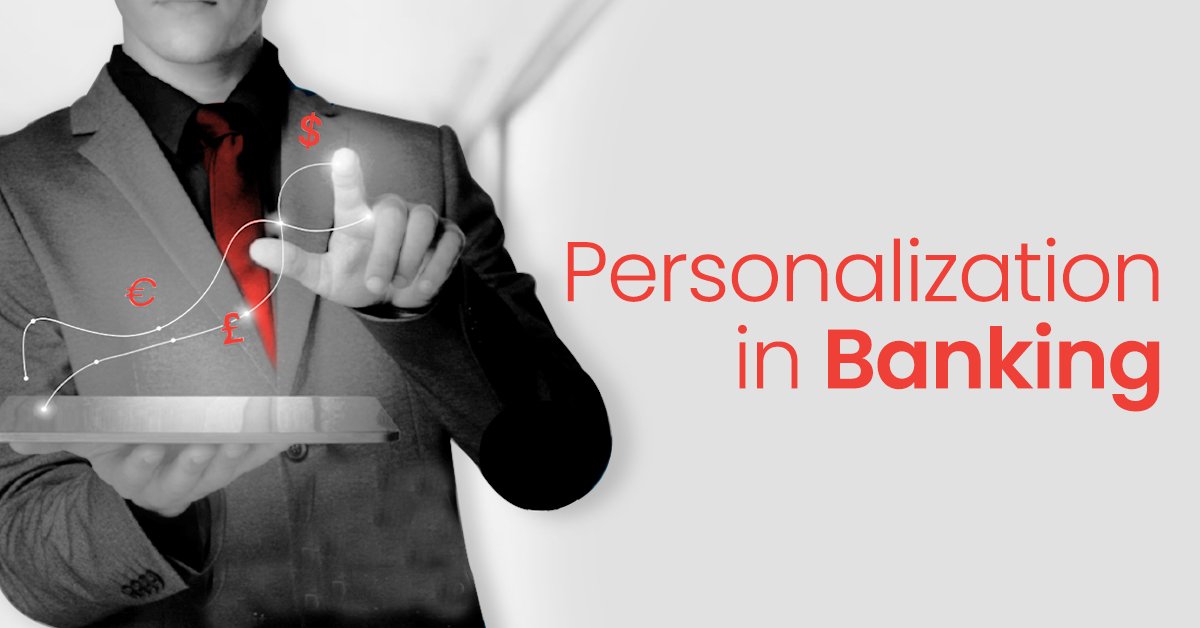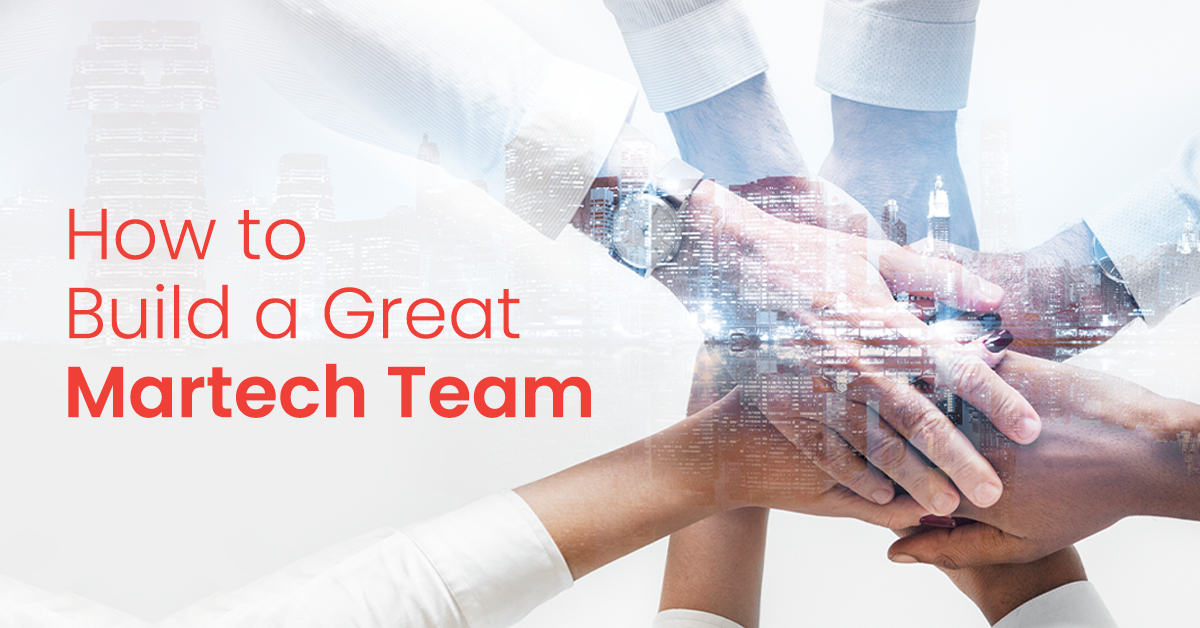Personalization overall helps in loyalty and engagement. As per Salesforce reports, 84% individuals want to be treated as a person, compared to phone number or email address.
Despite the necessity of driving individualised experiences, the banking industry is struggling to keep up with retailers, media and tech companies in delivering these highly tailored interactions and product offerings to their customers. They need to take care of prospects, customers, partners and also bank suppliers. Managing Data for all of them is a real challenge for the banks. And considering that millennial will comprise a significant part of future bankers banking transactions, it is important that banks appeal to them with emotion, branding and lasting connections. Plus the millennial will easily move away if the experience is not good.
Issues faced by the banks are:
Some banks may provide personal customer experiences; the vast majority cannot meet the high expectations of their customers, partners and distributor network. The problem is that many banks position their customer journey and marketing efforts around common life moments or experiences.
For example, when a client transitions from high school to college to job, the bank will bombard that person with student-loan messaging. Later, when the consumer turns 21, the bank will send them marketing material related to purchasing their first house, a new car, insurance, or a holiday.
The following approach is definitely not personalisation. It’s just lifecycle and lifestyle marketing. Just because the consumer turned 25, it doesn’t mean they automatically want to have a home loan or get married. By making broad assumptions about someone based on their age, consumers – especially millennia’s – will start to feel distant from their bank. The more they get communication which is non-relevant they will start moving away from the bank. Reality is that banks are not doing the hard work of truly understanding their customers’ needs, and, as a result, their customer journeys feel too generic. Rather than marketing based on life moment segmentation, banks should instead work to target customers through contextualisation. Platforms like Salesforce Marketing Cloud along with Einstein AI capabilities will help understand the customer journey, customer transactions and help in personalizing the experience provided to the customer. Agencies like us we bring in strong experience in Banking space helping customer with the industry wide use-cases and experience ideas to be provided.
Personalization using Contextualisation
Financial companies should deploy a contextual journey, incorporating products seamlessly into the shopping experience. However, banks must analyse their data closely to support such a journey. Consumers want to buy at the right moment – not when the bank thinks they should buy, but when they’re ready to buy, which could potentially be anywhere in the larger customer journey. Banks must tailor financial offerings to the present needs of their customers, and predictive data can help them look forward rather than backward, allowing them to anticipate customer desires and goals more effectively.
A contextual approach recognises that the customer journey is never perfect and must be refined through data. This forward-thinking use of data allows banks to design the various touch-points of the customer journey timely and contextually, including conversations with customer service representatives or assistance applying for financial products. By providing these individualised interactions throughout the consumer journey, clients will be satisfied and engaged as they’ll feel that their bank truly cares for their unique needs.
What does the next generation want?
Banks are interested in attracting the next generation, and although they differ from their parents, they still have many similar requirements. However, one key difference is they desire a bank that can connect with them individually and solve their problems. Also they want the services to be provided online unlike visiting the bank thrice weekly as their parents used to do. Beyond leveraging a contextual journey to reach these younger demographics, banks must take the time to define their desires, challenges and hang-ups with older methods and approaches.
Next Generation occupy a wide range of life stages, meaning they can’t be so easily thrown together into one giant pot. And whichever life stage they’re at, they want banks to support their current needs. These consumers are likewise open and willing to pay for personalised financial advice. As mentioned above, according to MoneyWise, 60% of next generation customers would consider changing banks for better digital capabilities, such as mobile apps, digital experience and transaction friendly technical support.
Similarly, this block of consumers wants to use the services of organisations that share their values. In other words, they want a sense of community. Traditionally, community and geography were tied together, but the contemporary idea is shifting toward other connections like belief systems, hobbies and passions. To target the specific needs of niche audiences within the next generation, banks should look to Fintechs. By empowering these small but exciting start-ups, big banks can service an even larger number of constituents without being too bland. Regional and local banks are also great partners, allowing one to tap into established markets.
Importance of leveraging a partner to support personalisation
Banks can deliver personalisation through a more contextual customer journey and by addressing the unique needs/challenges of the younger generations. However, banks must also manage their data scientists and portfolios efficiently. Research from McKinsey shows only 16% of data-science teams follow a standard protocol when developing AI tools, limiting the creation of individualised initiatives. Additionally, only 8% of banks can utilise predictive insights from machine learning models, which is pivotal to contextual marketing. To overcome these challenges, banks should consider leveraging a third-party digital product designer and consultant to provide value and unify disjointed teams. Products like Salesforce and Einstein Intelligence are products already built ready to use and partners like Social Beat can help Banks meet up their use-cases increasing their engagement in return leading to happy and loyal customers.



